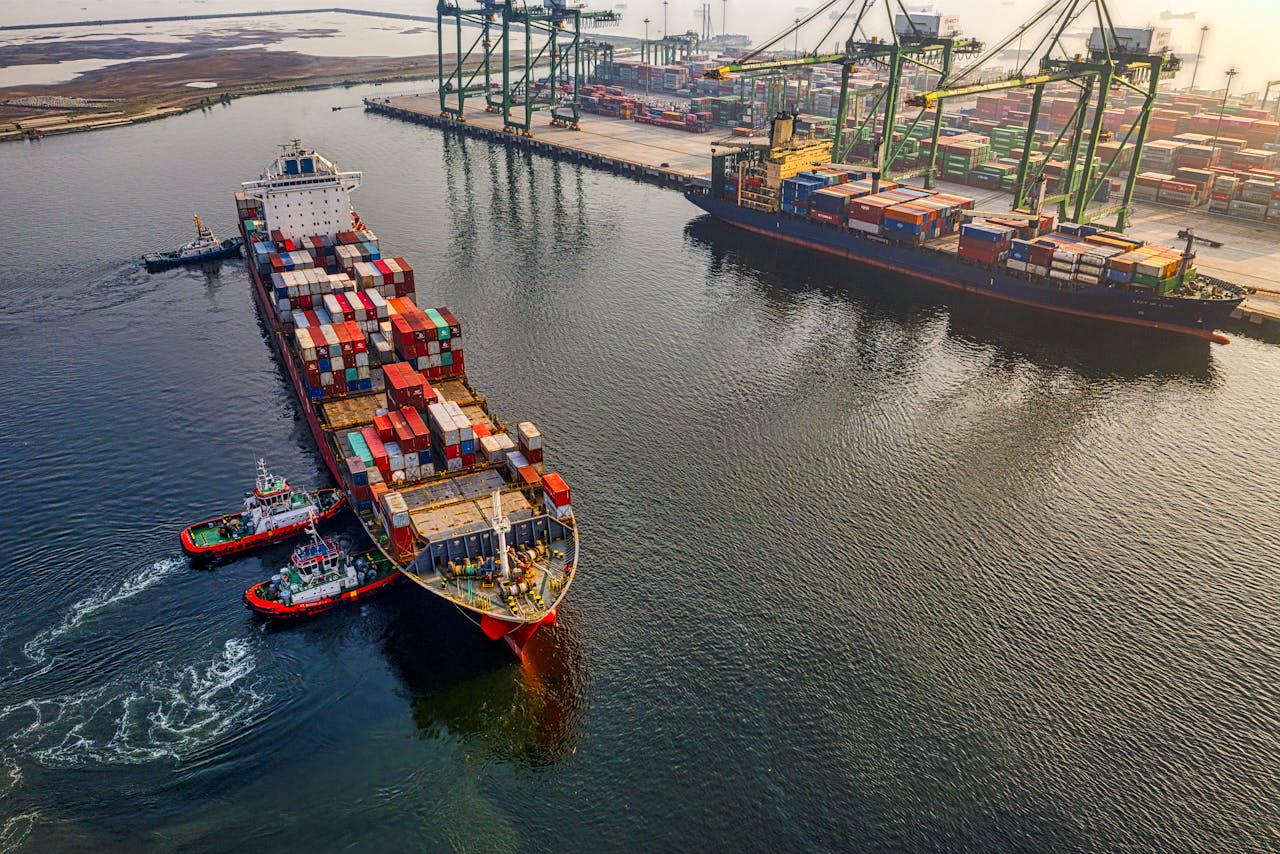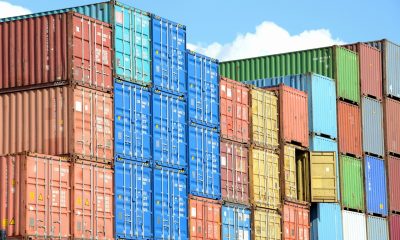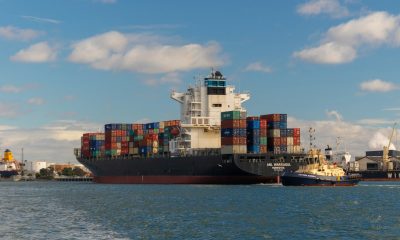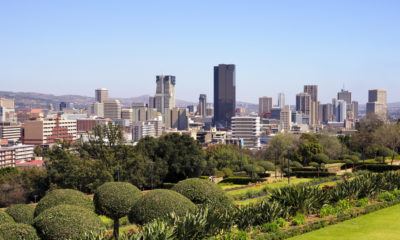Africa
Rising Imports Deepen Morocco’s Trade Deficit: Unlocking Africa and Reducing EU Reliance Key to Future Growth
Morocco’s trade deficit widened by 6.5% to 275.74 billion dirhams in November 2024, driven by rising imports (+5.7%) outpacing exports (+5.2%). Key export sectors include automotive (34.4%) and agriculture (19.3%), but regional disparities persist. Africa presents untapped trade potential. Diversification, SME support, and reducing EU dependency are critical to strengthening Morocco’s global trade position.

The major challenge for Morocco remains the reduction of its trade deficit. This objective involves improving the competitiveness of national products on the international scene, increased support for exporters and a simplification of administrative procedures.
The potential for exports to Africa offers interesting prospects, but requires concerted efforts to strengthen Morocco’s presence in this promising market.
Overview of Moroccan foreign trade
Moroccan foreign trade continues to experience significant developments, with an increase in trade, but also a widening of the trade deficit. The latest data from the High Commission for Planning (HCP) and the Foreign Exchange Office highlight recent trends and the challenges that Morocco must face to strengthen its position internationally.
At the end of November 2024, Morocco’s trade deficit worsened by 6.5% compared to the previous year, reaching 275.74 billion dirhams (MMDH). This situation is explained by an increase in imports of 5.7%, to 689.16 MMDH, against a more moderate increase in exports of 5.2%, to 413.41 MMDH. The coverage rate remained almost stable at 60%, illustrating the persistent difficulty in balancing the trade balance.
According to recent HCP statistics published in an information note relating to foreign trade indices (ICE), unit values of imports fell by 1.6% in the third quarter of 2024 compared to the same period in 2023.
This decrease is attributed in particular to the fall in energy and lubricant prices (-13.1%) as well as finished industrial equipment products (-4%). On the other hand, unit values of exports increased by 0.5%, supported by the increase in semi-finished products (+7.2%) and energy (+3.3%).
Regional disparities in Morocco
Moroccan exports remain concentrated in a few strategic sectors. The automotive industry stands out as the main driver of exports, representing 34.4% of international sales. This sector benefited from strong demand in the vehicle wiring and interior segments, which increased by 6.9% and 19.5% respectively.
Morocco’s agriculture and food industries occupy second place with a share of 19.3%, followed by phosphates and derivatives, which contribute 17.8%. The leather, aviation and electronics sectors complete the picture, although their share remains more modest. The regional consultation meetings organized by the Ministry of Industry and Trade have revealed significant regional disparities in the distribution of exports.
According to the explanations provided a few days ago in Parliament by the Secretary of State for Foreign Trade, Omar Hejira, 85% of the country’s exports come from only three regions of the country.
This territorial imbalance underlines the urgency of a better distribution of economic opportunities at the national level. Hejira also stressed that the consultations have collected 524 proposals, of which “80% come from the regions, against 20% from the central level”. These proposals concern the improvement of competitiveness, the simplification of procedures and the support of SMEs, with a particular emphasis on the diversification of export markets.
The African opportunity
In this context, the African market represents a real opportunity for Moroccan exporters. Currently, trade with African countries represents only 7.6% of the Kingdom’s total exports. However, the outlook is promising. According to studies presented by the ministry, the export potential to the continent amounts to 12 billion dirhams, with a growing demand for Moroccan products.
In 2023, the volume of trade with African countries reached 52.7 billion dirhams, compared to 36.3 billion dirhams in 2020, reflecting positive momentum. However, exports remain heavily concentrated on phosphates and their derivatives, which constitute two-thirds of sales to the continent, followed by fishery products, vehicles and textiles.
Hejira also specified that phosphates as well as natural and chemical fertilizers represent a significant part of trade, while recalling that the ministry is preparing a trade fair for Moroccan products intended for export, scheduled for the end of next year. To strengthen this dynamic, the fair will include a section dedicated to African products, in order to promote the complementarity between Moroccan exports and the needs of the continent.
However, for these efforts to bear fruit, increased support for SMEs is essential. Hejira encouraged Moroccan exporters to fully exploit this potential, recalling that Africa represents a market of 1.3 billion consumers. These companies are the backbone of the national economic fabric, but they often struggle to access international markets due to administrative and financial obstacles.
Morocco still very dependant on the European market
For the time being, Morocco remains very dependent on the European market, which absorbs 70% of national exports. Spain and France alone account for 46% of exports, which exposes the national economy to risks linked to economic and regulatory fluctuations within the European Union. In terms of promising sectors, the performance of aeronautics is remarkable. Exports in the sector increased by 16.9% at the end of November 2024, reaching 24.21 billion dirhams.
This increase is explained by the increase in sales in the assembly segments (+26.5%) and, to a lesser extent, electrical wiring interconnection systems (EWIS) (+2.2%). This strategic sector, in full growth, illustrates Morocco’s potential to position itself as an industrial hub in high value-added sectors.
__
(Featured image by Tom Fisk via Pexels)
DISCLAIMER: This article was written by a third party contributor and does not reflect the opinion of Born2Invest, its management, staff or its associates. Please review our disclaimer for more information.
This article may include forward-looking statements. These forward-looking statements generally are identified by the words “believe,” “project,” “estimate,” “become,” “plan,” “will,” and similar expressions. These forward-looking statements involve known and unknown risks as well as uncertainties, including those discussed in the following cautionary statements and elsewhere in this article and on this site. Although the Company may believe that its expectations are based on reasonable assumptions, the actual results that the Company may achieve may differ materially from any forward-looking statements, which reflect the opinions of the management of the Company only as of the date hereof. Additionally, please make sure to read these important disclosures.
First published in LES ECO.MA. A third-party contributor translated and adapted the article from the original. In case of discrepancy, the original will prevail.
Although we made reasonable efforts to provide accurate translations, some parts may be incorrect. Born2Invest assumes no responsibility for errors, omissions or ambiguities in the translations provided on this website. Any person or entity relying on translated content does so at their own risk. Born2Invest is not responsible for losses caused by such reliance on the accuracy or reliability of translated information. If you wish to report an error or inaccuracy in the translation, we encourage you to contact us

-

 Business2 weeks ago
Business2 weeks agoTopRanked.io Weekly Affiliate Digest: What’s Hot in Affiliate Marketing [+ HealthTrader Affiliates FAQ]
-

 Crypto3 days ago
Crypto3 days agoXRP Poised for a Breakout: Why 2026 Could Finally Deliver the Growth 2025 Delayed
-

 Crypto1 week ago
Crypto1 week agoRipple Expands in Singapore as XRP Slips and RLUSD Takes Center Stage
-

 Markets5 days ago
Markets5 days agoPrecious Metals Surge While Major Indexes Hold Strong Amid Holiday Lull


















